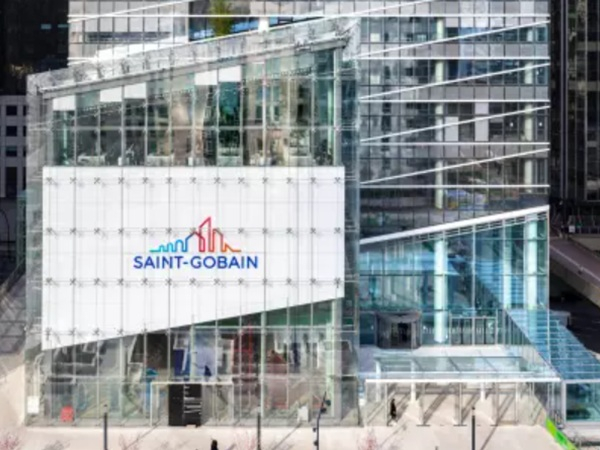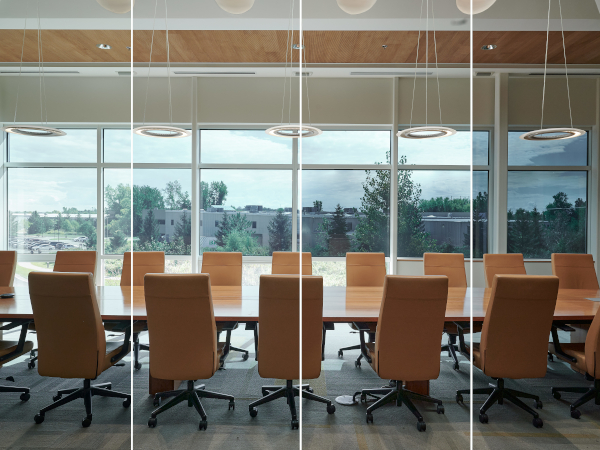Date: 7 May 2008
Data in Isover’s new guide to planning and realising the Multi-Comfort building of the future shows the energy demands of a typical one-family house can be as low as 15kWh/m²a for a very low energy home while its CO2 emissions can be just 2kg/m²a.
At the other end of the spectrum, the energy demands for a home with completely insufficient thermal insulation can be as high as 300kWh/m²a with CO2 emissions of 60kg/m²a. A home like this could use as much as 30 litres of heating oil per m² of living space per year.
In between, a low-energy home could have energy demands of 40kWh/m²a and CO2 emissions of 10kg/m²a while a home with just insufficient thermal insulation (typically those built in the 1950s and 60s but ripe for renovation) up to 150kWh/m²a with CO2 emissions of 30kg/m²a.
Optimum building location and positioning of windows and doors as well as very high levels of insulation and a tight building envelope all help to reduce the energy consumption of a standard house built to current Building Regulations from 8€/m² per year to 1€/m² for a Multi-Comfort House.
“Built for the future – The Isover Multi-Comfort House” discusses the concept, advises on how to design and plan to it, and shows case studies of new-build and refurbished houses, apartments, offices and schools. It also details the sustainability of mineral glass wool insulation and is available from Isoverpr@saint-gobain.com.












Add new comment